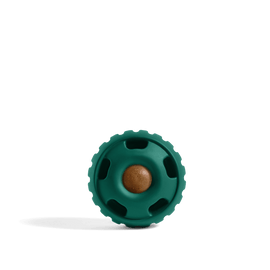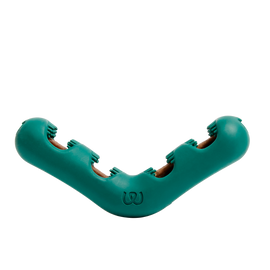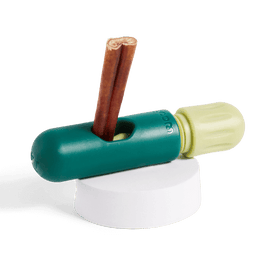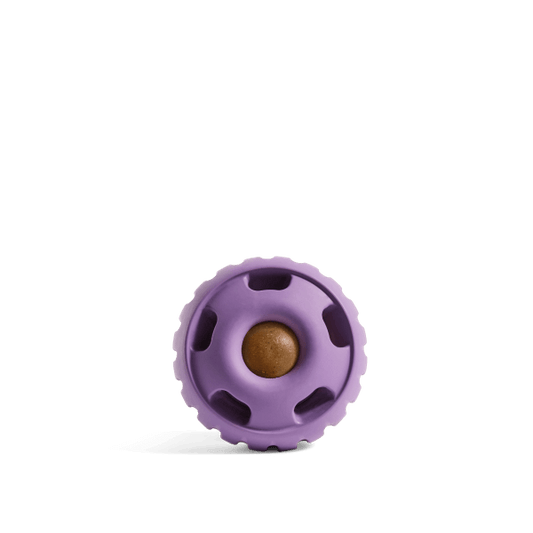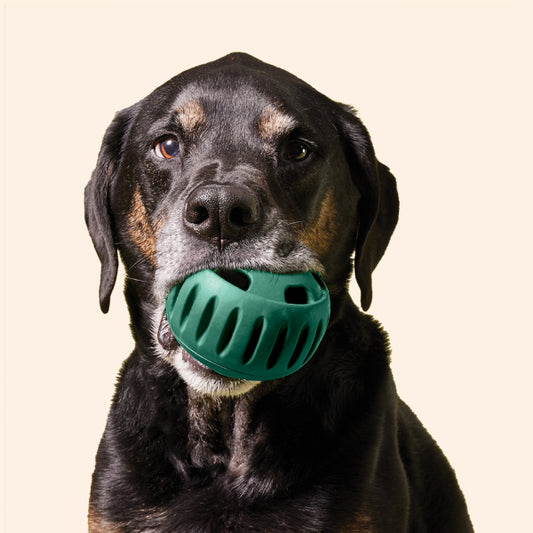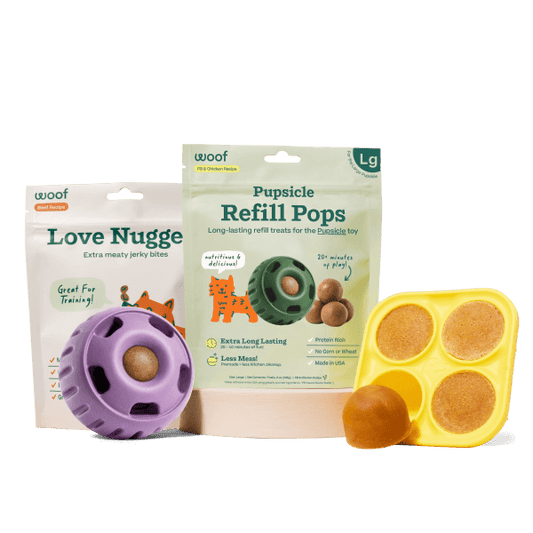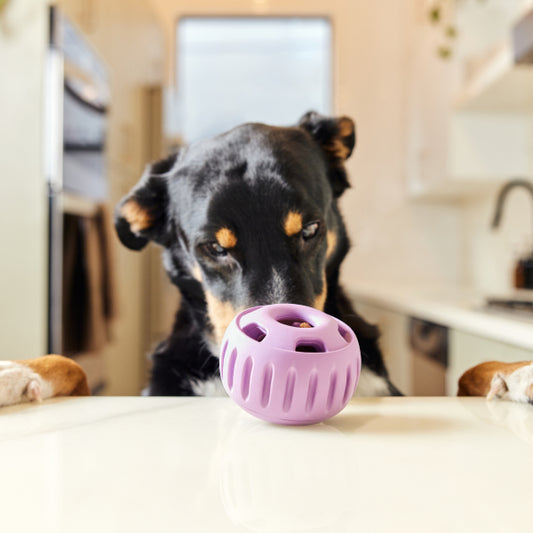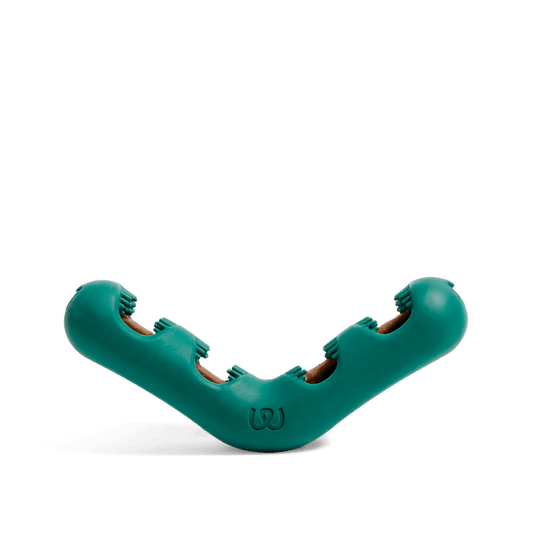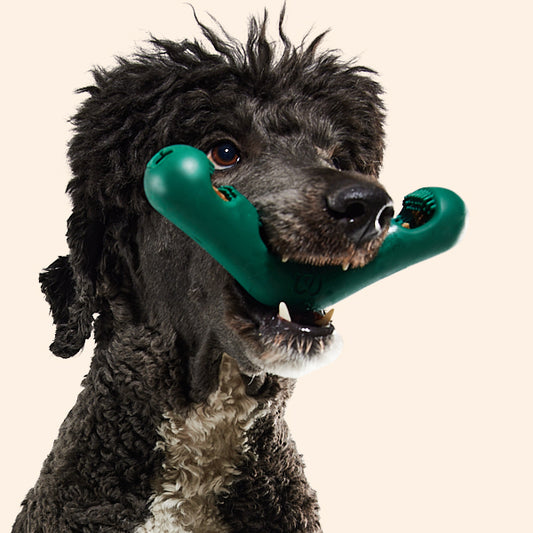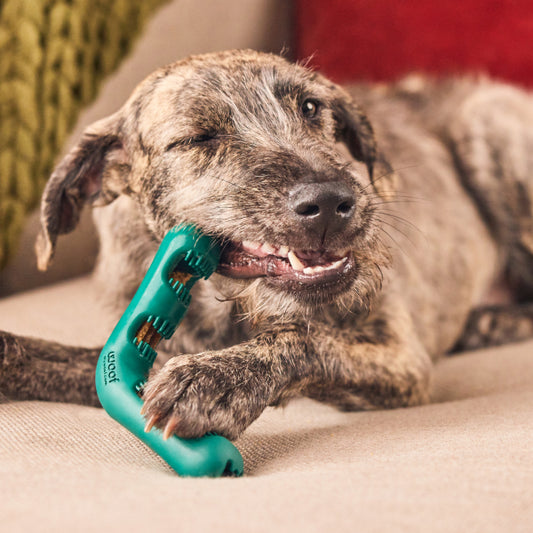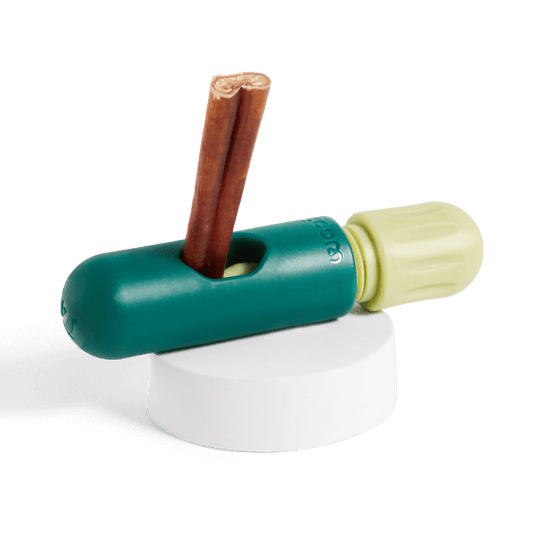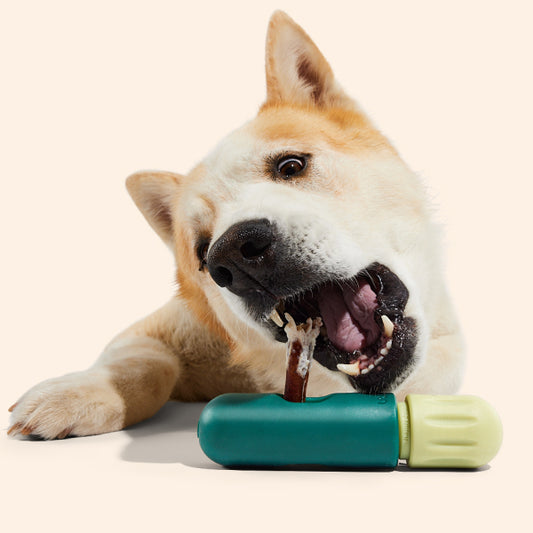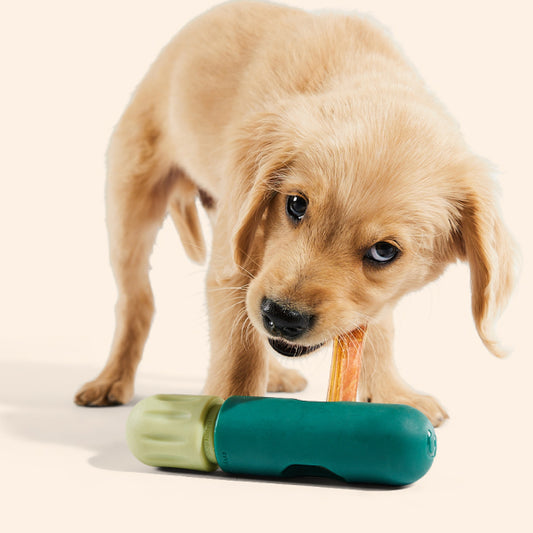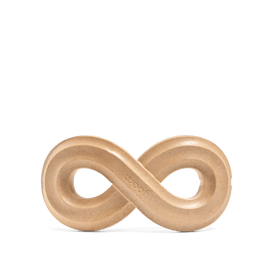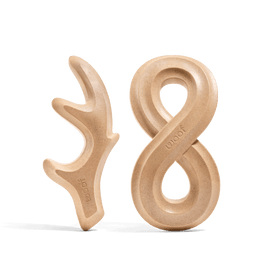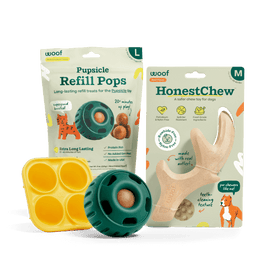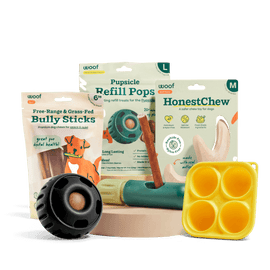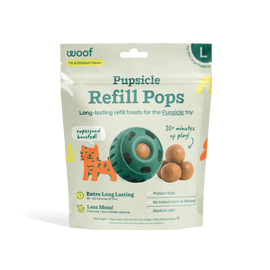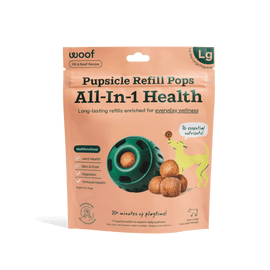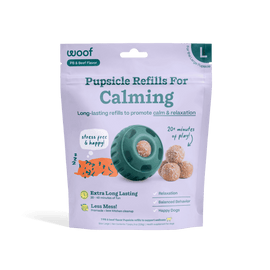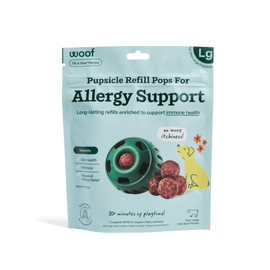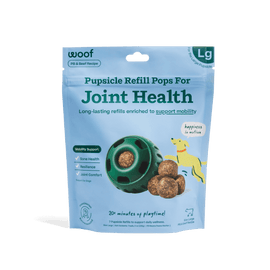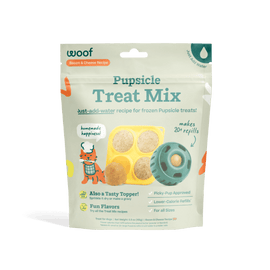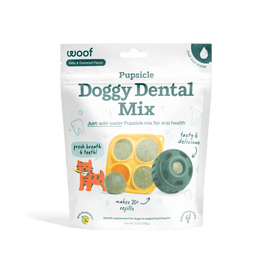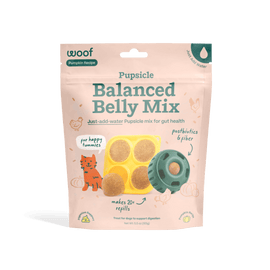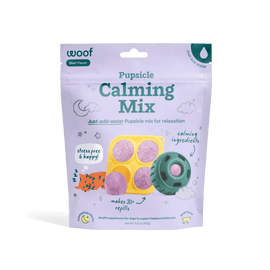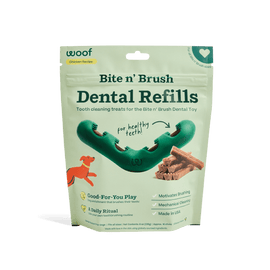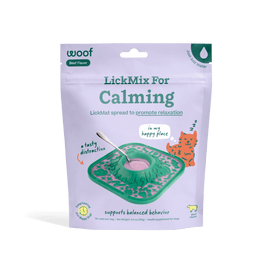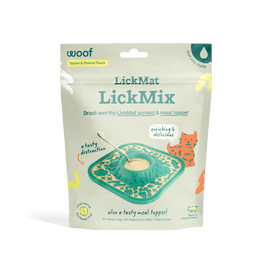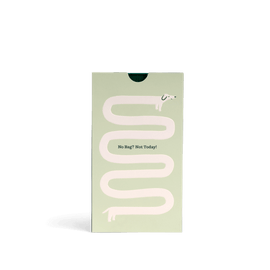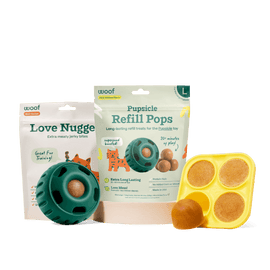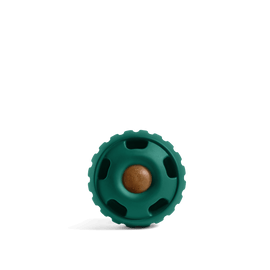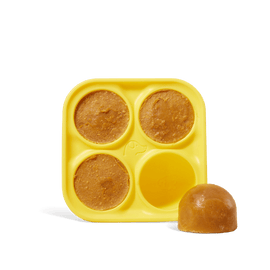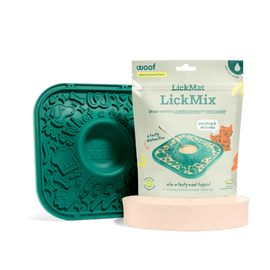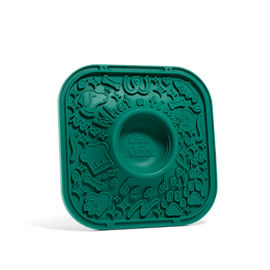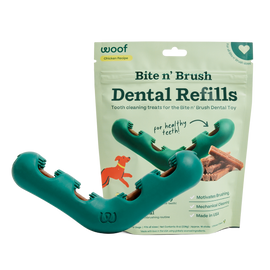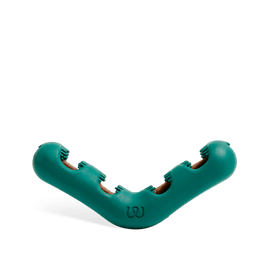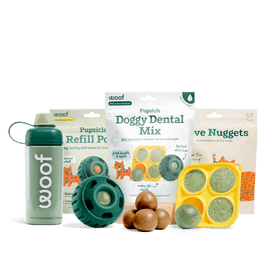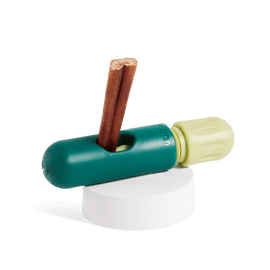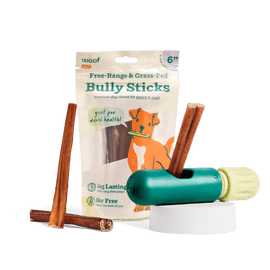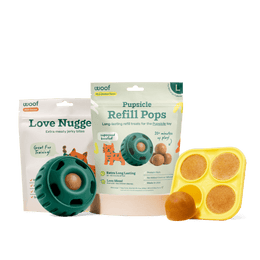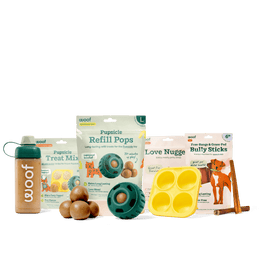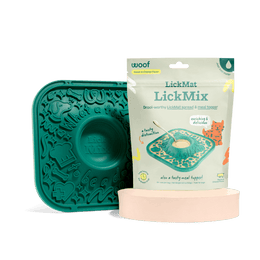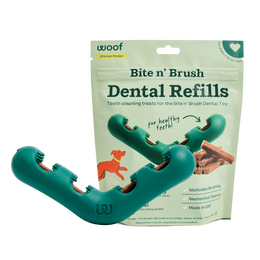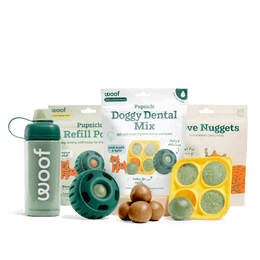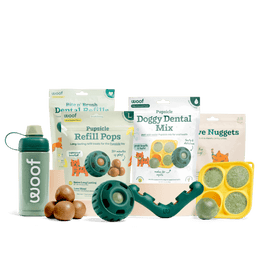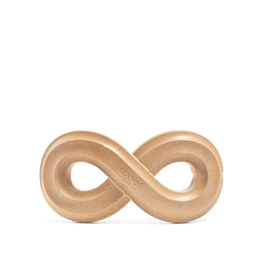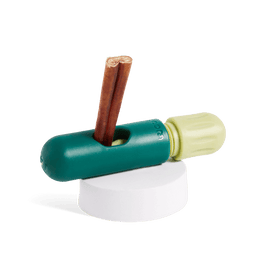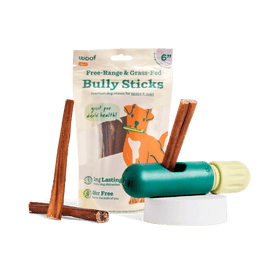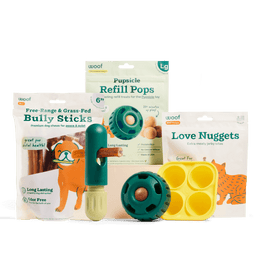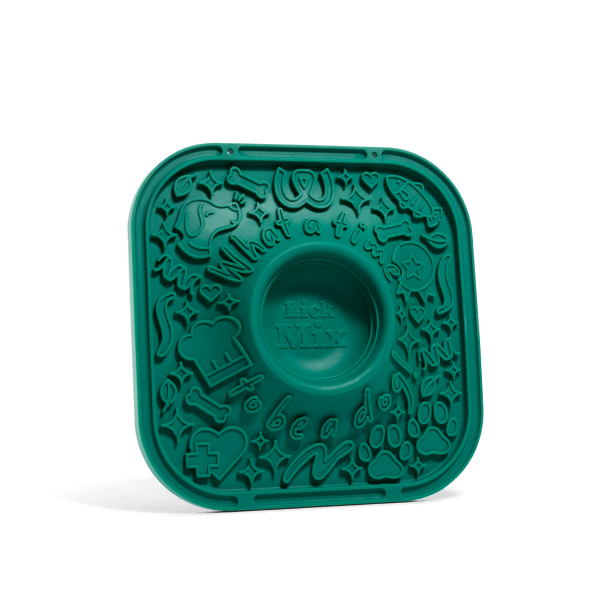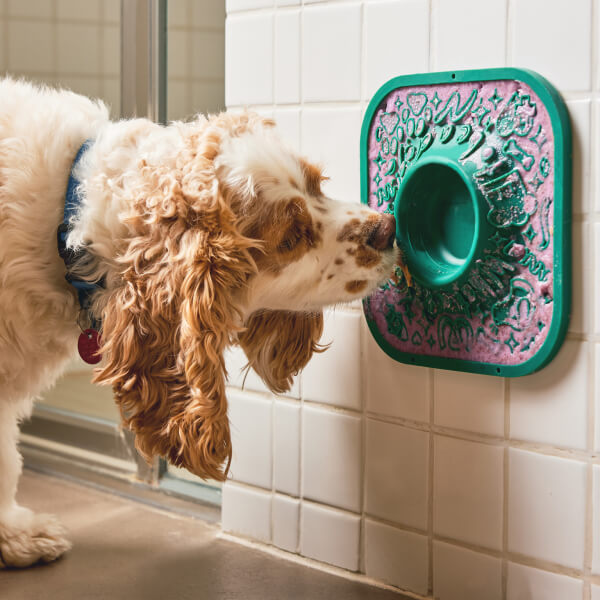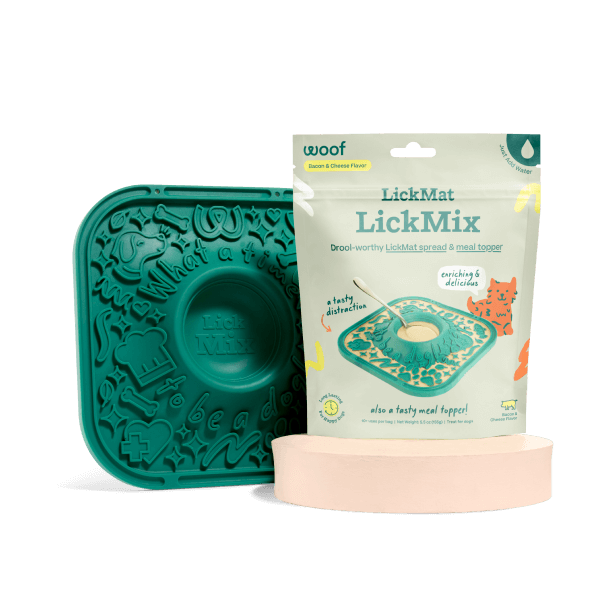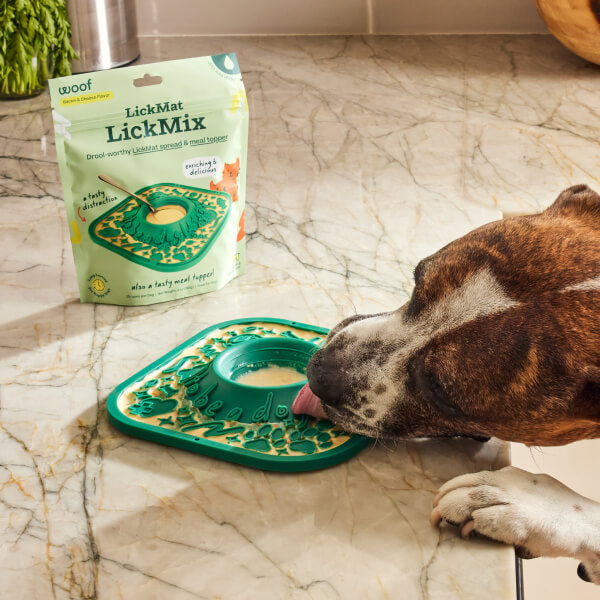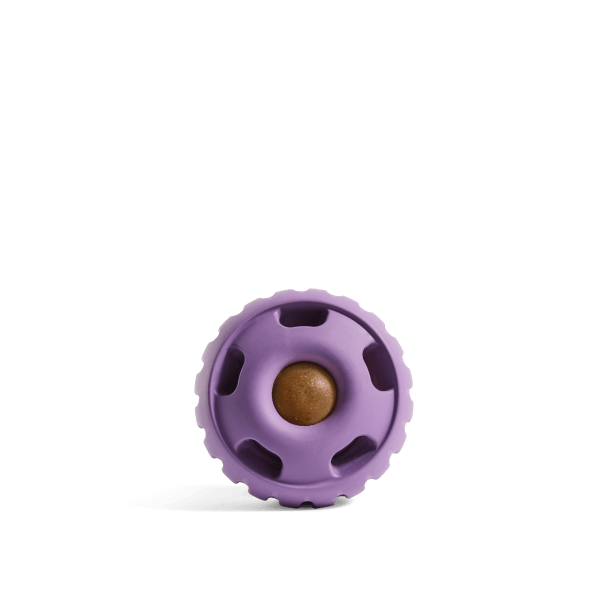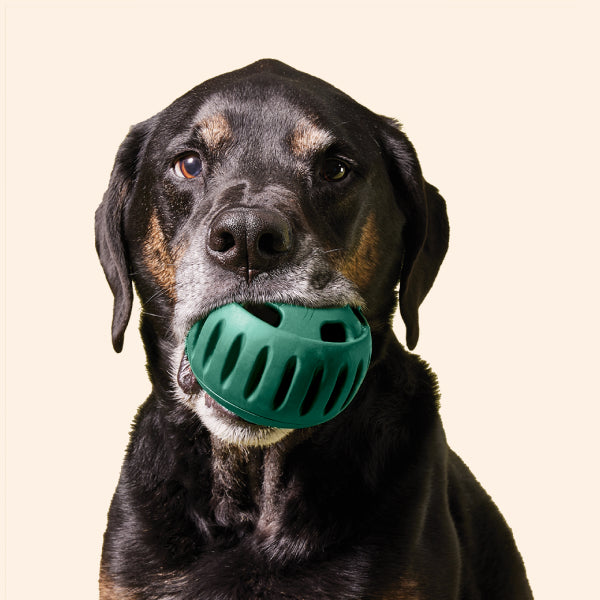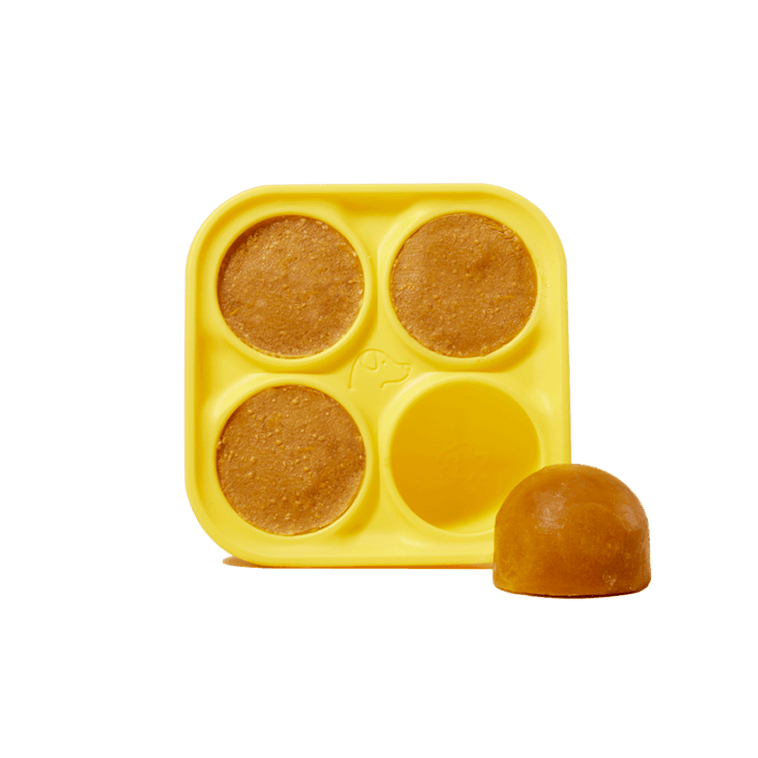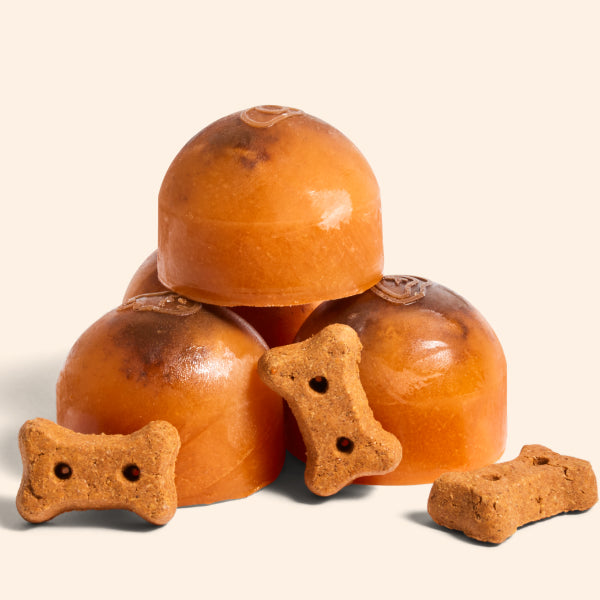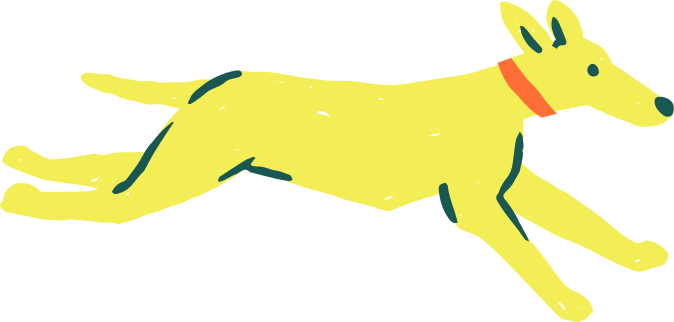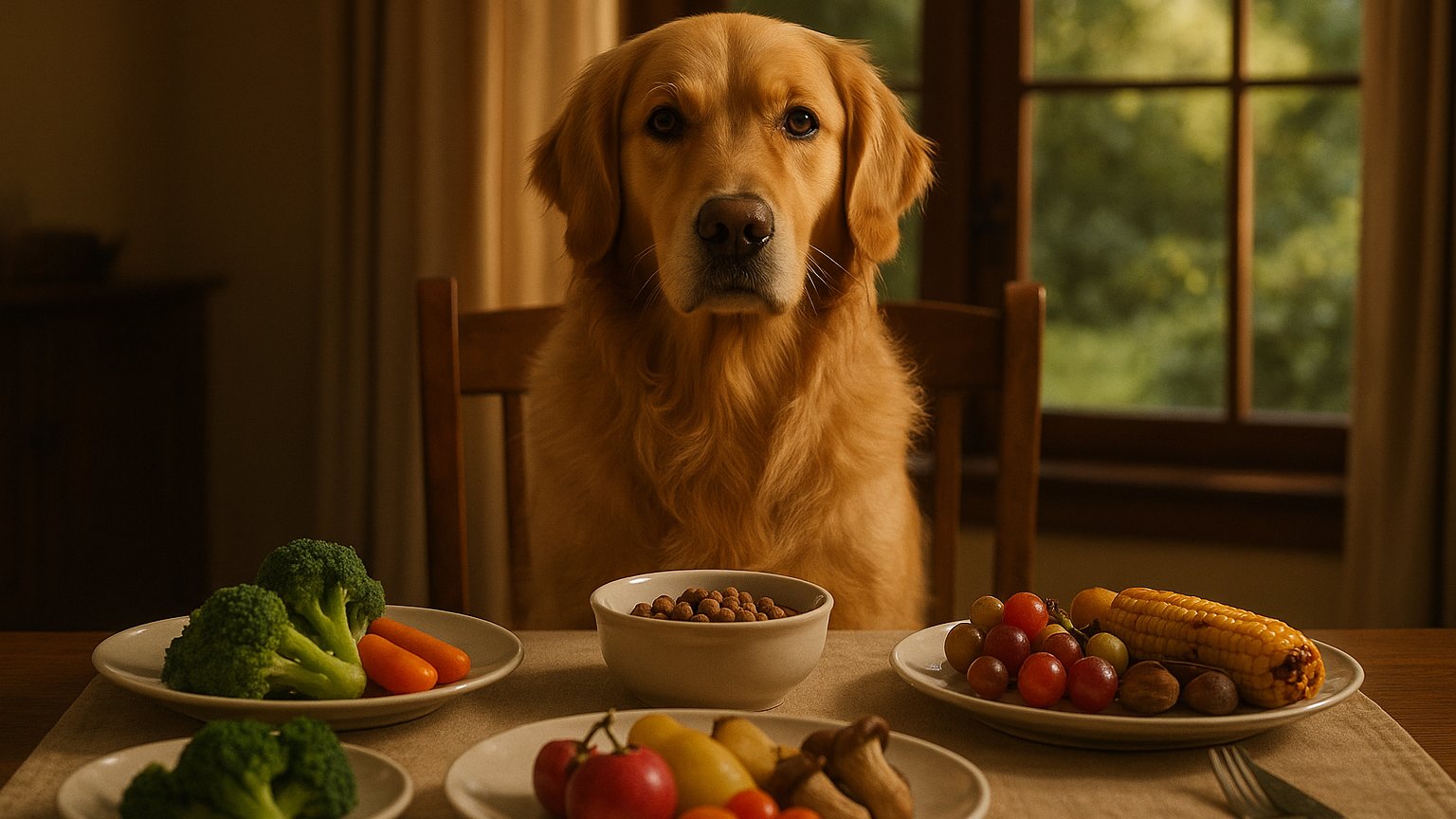
Have you ever wondered, “How Many Calories Are Dogs Allowed?” Here’s the pounds-first, plain-English version. Getting calories right keeps your pup lean, energetic, and healthy. We’ll explain what “allowed” really means, how to estimate daily needs (using pounds), and how Woof products can help you feed smarter.
Let’s jump in—because for your dog’s health, every calorie counts (and every wag matters).
Why Calories Matter for Dogs
Calories are your dog’s fuel. Food (and treats) provide energy from protein, fat, and carbs. Too many = stored as fat. Too few = the body may burn muscle or slow down. Hitting the sweet spot supports a healthy weight, shiny coat, comfortable digestion, and steady energy.
What Determines a Dog’s Calorie Needs?
There’s no one-size answer because every dog is different. Calorie needs are influenced by:
- Weight & Body Composition: Bigger dogs eat more, but lanky vs. stocky dogs at the same weight can differ.
- Age & Life Stage: Puppies, seniors, and pregnant/nursing dogs have unique needs.
- Activity Level: Couch potato ≠ marathon zoomies dog.
- Spay/Neuter Status: Neutered dogs often need fewer calories.
- Health & Metabolism: Thyroid issues, injuries, recovery, meds, etc., all matter.
How to Estimate Daily Caloric Needs (Pounds-First)
Start with Resting Energy Requirement (RER), then multiply by a factor for life stage/activity to get daily calories.
RER (using pounds): RER = 70 × (weight in lb ÷ 2.2)0.75
Handy shortcut: RER ≈ 39 × (weight in lb)0.75 (close enough for most pet parents).
Then calculate daily calories: MER = RER × Factor (MER = Maintenance Energy Requirement).
Common factors:
- Neutered adult: × 1.6
- Intact adult: × 1.8
- Puppy < 4 months: × 3.0
- Puppy ≥ 4 months: × 2.0
- Weight loss (use ideal weight): × 1.0
- Highly active/working: × 2.0–5.0
Example (all in pounds): 50 lb neutered adult dog.
RER = 70 × (50 ÷ 2.2)0.75 ≈ 728 kcal/day.
MER = 728 × 1.6 ≈ 1,165 kcal/day.
A practical “normal range” (to allow for variation) is roughly ~875–1,450 kcal/day. Feed in that zone, then fine-tune.
That math is your starting point. Weigh your dog and check body condition after a few days; adjust food up or down by 5–10% as needed.
Rules of Thumb & Guidelines
- Treats ≤ ~10% of total daily calories to prevent “calorie creep.”
- Use Body Condition Scoring (BCS): feel ribs with light pressure; visible waist from above; gentle belly tuck from the side. Ribs buried? Feed less. Ribs too obvious? Feed more.
- Recheck needs every few months—or when age, activity, weather, or routines change.
Signs You’re Overfeeding or Underfeeding
- Weight change: even a couple of pounds adds up.
- Energy: sluggish, pants easily, avoids exercise = possibly too many calories. Constant hunger/low pep = maybe too few.
- Coat/skin: dull coat or shedding spikes can reflect diet/portion issues.
- Digestion: loose stools or irregularity can mean the calorie-to-nutrient balance is off.
How Woof Products Help You Stay on Track
Feed smarter, not just more:
- The LickMat: Slows eating so your dog feels satisfied on appropriate portions.
- LickMat Starter Pack: Easy on-ramp to slower, calmer meals.
- Ultimate Power Chewer Pack: Burns energy through chewing—not extra calories.
- HonestChew: Plant-powered chew to satisfy urges with minimal calories vs. treat binges.
- The Pupsicle: Fill with low-calorie purees/broth for long-lasting licking instead of rapid snacking.
- Pupsicle Treat Tray: Adds a little “work” to treats, stretching enjoyment without overdoing calories.
Putting It All Together: A Feeding Strategy
- Weigh your dog accurately (weekly or biweekly).
- Calculate RER (pounds-based), then MER using the right factor.
- Reserve ~10% of total calories for treats.
- Convert calories to portions using your food’s label (kcal per cup or kcal per 8 oz; many also list kcal/kg).
- Split food into 2+ meals per day for steadier energy and digestion.
- Use enrichment (LickMat, chews) to slow intake and curb begging.
- Track body condition and tweak portions by 5–10% if weight drifts.
- Talk to your vet before big changes or if your dog has health issues.
Final Thoughts
There isn’t a single “allowed” number for every dog. But with the RER → MER method (using pounds) and regular body-condition checks, you’ll land on the right daily target for your dog. And remember: how you feed (slowly, with engagement) matters as much as how much you feed.
You’ve got this—and your dog will thank you with a very enthusiastic tail wag.

